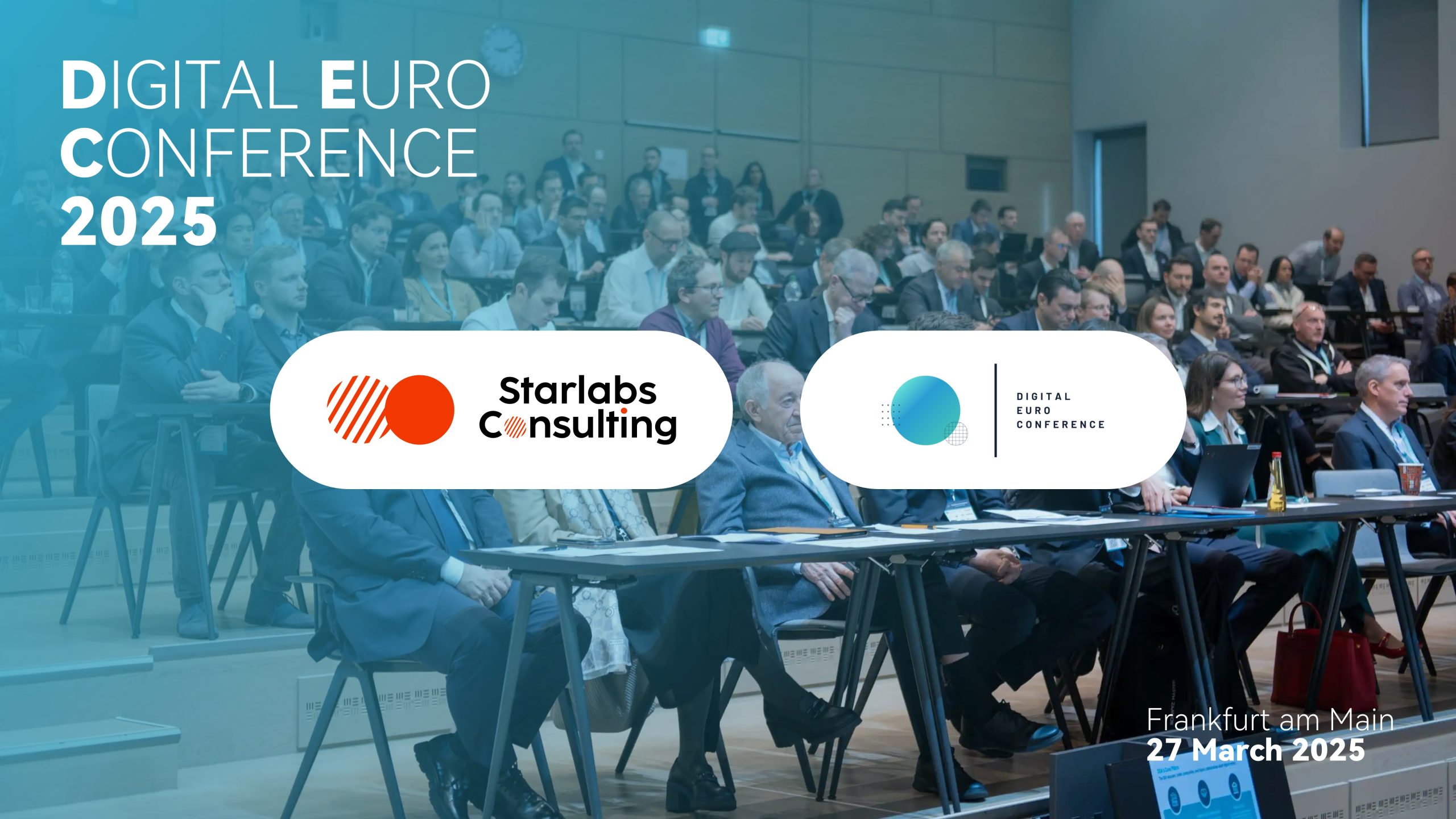
What Is Public Relations and Why Is PR Important?
When we hear about public relations, it is often in the negative. People will say that a company doing something good on the back of a scandal is just a PR stunt or that the business is trying to put a “spin” on the situation. Good PR is rarely heard about because it’s unnoticeable.
Public relations, when done right, ensures that a business’s actions always match its values and that it has an established track record of doing the right thing. When a business does make a mistake (and face it, which business hasn’t), PR ensures that the business understands the harm it caused and what its customers expect from it as a way of making amends. Good PR sets a strong foundation for a business’s brand image that helps the business to thrive and achieve its goals.
What Is Public Relations?
PR, or public relations, is the management of an individual or business’s public image. When you think about how your business decisions will look to the public, that is PR in its most basic form. Most businesses will have a public relations staff member (or team, depending on the size of the business) to manage the business’s public image through:
- Communicating with the public through press releases, interviews with journalists, email blasts, social media posts, and PR campaigns.
- Getting involved in decision-making so that business executives can see the impact decisions will have on the business’s public image.
- Partnering with the marketing department to guide marketing activities or create a marketing campaign to rehabilitate a company’s image.
- Ensuring news of a launch or charity work is picked up by the media.
- Releasing statements to address areas of concern for the public or bad press.
- Tracking public sentiments about the business and feeding that information to decision-makers and the marketing department.
When we hear about public relations, it is often in the context of a business trying to minimise the fallout for something bad their company has done. However, as you can see from the list above, the majority of PR work is to maintain the brand image of a business. If that is done correctly, then rehabilitating a business’s image is a very small portion of the job.
Why Is PR Important for Businesses?
In a nutshell, PR is important for businesses because it puts the business in the driver’s seat of its public image instead of letting external sources dictate how the world views your business. This is important now more than ever when news is shared quickly through social media. Public relations should be fast-acting in the face of negative press, but it should also seek to lay a strong foundation of a strong, positive brand image to minimise the impact of any future negative press.
Here are some of the top benefits of PR for businesses:
- More sales – Customers are taking into account the values and practices of a business more than ever when making purchasing decisions. Public relations helps you to get that kind of information out there so that you can attract your dream customers.
- Brand awareness – Becoming a household name requires your brand to be everywhere. Achieving that kind of coverage can be expensive if you are relying on marketing alone. PR allows you to expand your reach through free or much lower-cost methods.
- Reputation management – When your business has a reputation for doing good, it takes a lot to derail that reputation. This is why public relations is important for businesses; it allows them to build a track record that speaks for itself. Mistakes and isolated incidents are seen as just that when you have curated a good reputation.
- Rehabilitation – When incidents do happen, PR helps businesses handle them in a way that minimises the damage to the business’s image. Good public relations will work with business decision-makers to ensure that they are not making empty promises and can communicate exactly how the business intends to learn from the mistake.
- Improved profile – A rising trend in PR currently is raising the profile of the business by getting CEOs and executives to publish thought leadership content online. Just like the strength of a football team is based on the strength of the players they sign, so too do your executives reflect on your business. Having your executives demonstrate their expertise through thought leadership content builds trust with customers and investors.
- Relationship vetting – A crucial function of PR in this day and age is researching possible partnerships or relationships a business is considering. The people and businesses you align yourself with can impact your own public image, so your PR team will often look into potential relationships so they can report any red flags they may find. This helps the business to make an informed decision.
- Visibility of actions – Public relations ensures your business can be seen to be “putting its money where its mouth is.” Many times, businesses do act upon their values, but those actions are not always visible to the public. PR helps publicise these things so your actions speak for themselves. This is especially important to ensure you attract partners and employees that align with your values.
Role of Public Relations in Marketing
Public relations and marketing are two different business functions that work together to achieve joint goals. In a business, the two teams will often work closely to find the most efficient and cost-effective way to achieve the desired results. For example, marketing will often be used to amplify the goals of public relations. PR will often be used to get media attention on a particular area of the business and, therefore, reduce marketing spend.
One cannot replace the other, as PR and marketing have different goals and different ways of achieving goals. For example, in order to become more effective in their role, a public relations professional will develop media contacts, research what is being said about the business, and identify any possible issues that may arise in the future. The goal of PR is to curate the public image of the business and thus ensure its future. Good PR does help with sales, but sales are not the main goal of PR.
Types of PR
Public relations encompasses a number of different relationships the business has, including with the media, potential customers, the government, and employees. There are generally considered to be 7 different types of PR. In large organisations, each of these functions may be done by different teams.
Here are the 7 types of PR:
- Community relations – The goal of community relations is to develop a good image within the community. The definition of the community could refer to geography, industry, business, etc. This type of PR seeks to establish the business as a pillar of the community in question.
- Customer relations – This type of PR seeks to keep the company’s finger firmly on the pulse of what matters to their customers. It will often involve creating a two-way dialogue so that customers feel valued and the business can receive insights from actual customers.
- Employee relations – PR often seeks to manage the internal image of the company. This is separate from HR because it focuses on understanding and improving the overall consensus of employees. It will also focus on identifying and managing what prospective employees think of the business.
- Government relations – The importance of this type of public relations will depend on the type of business and its industry. For some businesses, government relations are crucial. It can mean having a voice in laws and regulations that impact the industry, securing valuable government contracts, or educating officials to correct misguided beliefs.
- Investor relations – The relationship between a business and its investors is vital to the health of the company. Investor relations seek to strengthen the connection between the business and its investors so that investment isn’t just a financial decision; it’s also a personal one. This branch of PR involves ensuring investors feel like their opinion is heard and they understand why the business is worthy of investment.
- Media relations – The media has a stronghold on public opinion, so media relations is a vital part of PR. Some of these 7 types of PR will not be present in a small public relations team, but media relations will always be a part of PR. The goal of media relations is to ensure the business gets more good press than bad and to develop positive working relationships with journalists and media outlets.
- Production relations – This is PR for business operations such as launches. Production relations works closely with product development to provide insight into consumer needs. They also work closely with marketing to prime the public for launch (including organising media coverage and managing public opinion if necessary.)
Conclusion
In summary, PR is the management of a business’s public image. PR professionals are a bridge between the public and decision-makers to allow the business to establish a strong brand identity. While there are short-term PR campaigns(usually for rehabilitation or product launches), public relations is a long game. Brand image is not created overnight, and it takes sustained effort to build a track record and, therefore, gain the trust of the public.





